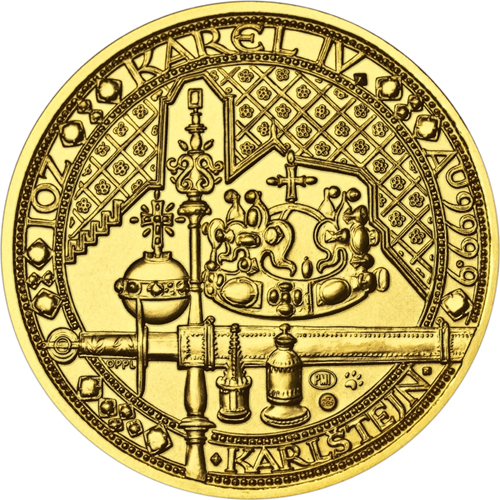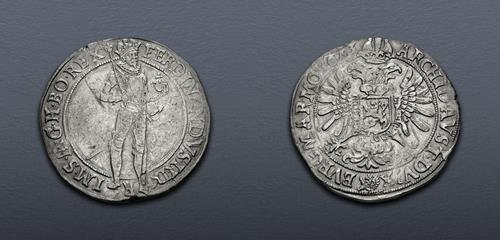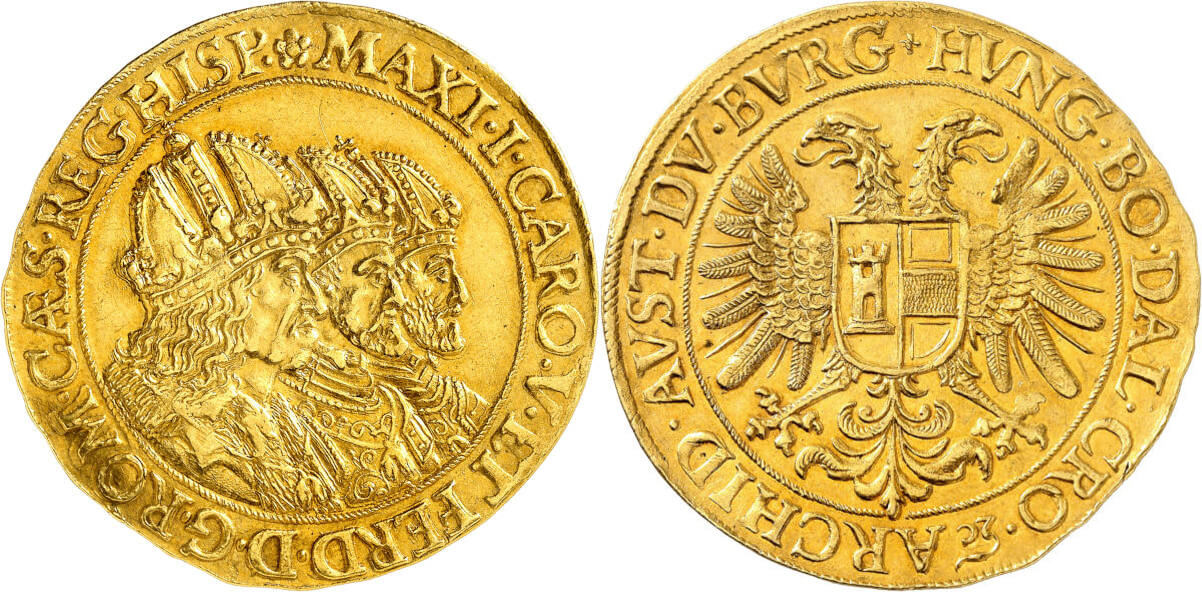Best Ideas For 3d Modeling Czechoslovakia Coins
Wiki Article
What Is A Plaster Model Scanned To Create A 3d Digital Model For Gold Coins And Medals?
The scanning process involves using specially designed equipment that records the plaster maquette digitally. Digital replication is used for a variety of purposes in the production processHow the Scanning Process Works
3D Scanning Technology - High-resolution 3D scanners can be used to record the physical dimensions as well as the details of the model. They employ a variety of techniques such as laser scanning and structured light to capture precise dimensions and geometrical shapes.
Capturing surface information- The scan emits light beams or lasers onto the plaster model. The reflections and distortions caused by these beams are captured by the scanner, which records the model's surface details.
Data collection - The scanner gathers data when it travels across the model. This results in an electronic representation of the model's contours, geometrical details and more.
Conversion into 3D Model: The data points are then reconstructed using special software. The model is a replica of the physical dimensions and features of the plaster maquette.
Why do we need to create an Digital 3D Model
Digital 3D models are able to reproduce the exact details and dimensions of a physical model. This ensures that the final gold coins and medals are made to conform to the original design.
Digital models are easily altered or enhanced. Designers can make changes without altering the maquette of plaster.
Compatible with manufacturing processes- Digital 3D designs are compatible to a variety of manufacturing processes, such as 3D printing and CNC machining and make it simpler to make molds and dies in the mass production.
Digital 3D models can be utilized to preserve and document the design. They can be stored digitally to be used in future reference as reproductions, historical documentation.
By scanning a plaster model and creating an accurate digital 3D model, designers and designers are able to streamline production, improve accuracy, and utilize modern manufacturing techniques to create gold-plated coins and medals with precision. View the recommended Scanning and 3D Modeling Prague Mint gold coins website advice. including canadian gold maple leaf, one ounce gold bullion, ebay gold coins, 1 oz gold bars, gold bullion cost, 50 pesos gold coin, sell gold and silver near me, gold bars for sale near me, price of 5 dollar gold coin, 2000 gold dollar and more.

Why Are Dies For Gold Medals Or Coins Vacuum Hardened?
Vacuum hardening is a process that involves exposing dies extreme temperatures and a controlled environment in furnaces. This is a brief description of the process for forming a vacuum.
When creating dies to be used in striking coins or other medals, it is crucial that they are clean of residues or contamination.
Moving into Vacuum Furnace
The dies are placed inside a specific heat-treating room which can generate the vacuum.
Evacuation Air
The vacuum oven eliminates all air from the chamber and creates a safe environment without oxygen as well as other gases. This is to prevent the formation of oxidation and to guarantee uniform heat treatment.
Heating Phase
The furnace is heated up to the required temperature to solidify the dies. The range of temperatures is determined by the type of material and the hardening process.
Soaking in high temperatures
Die dies are kept at higher temperatures for a certain time, which allows the material to reach the level of hardness desired and also to preserve metallurgical structures.
Quenching or Cooling-
Using specialized methods that allow dies to be quickly cooling down or being quenched following the soaking process. The rapid cooling aids in locking the desired strength and hardness within the metal.
Tempering Optional
In some instances the tempering process is a part of the hardening process. Tempering is the process of heating dies at a low temperature in order to release internal tensions and increase toughness.
Quality Control Inspection
Dies with hardened material must undergo rigorous quality inspections and control in order to achieve the desired toughness, hardness, or tolerances.
Post-Treatment Handling-
Die dies are then later subjected to further treatment, such as polishing or coating prior to being used for the strike of the coin or medal.
Vacuum hardening improves the durability, durability, and wear resistance of the tools which are used to make gold coins or medals. By creating a controlled environment free from atmospheric contaminants the process ensures constant and reliable hardening the dies, contributing to the durability and quality of the products that are minted. Follow the top rated vacuum hardening Czechoslovakia gold coins more advice including 2000 dollar coin, price for one ounce of gold, platinum coins, gold bars for sale near me, 1 10 american gold eagle, ancient coin, congressional gold medal, american gold eagle 1 oz, gold coins coin, silver nickel and more.

Why Should Dies Be Polished By Hand To Achieve A Flawless Finish On Gold Coins And Awards?
Hand-polishing dies provide an even and smooth surface for gold coins and other medals. The smooth surface allows for a better reproduction of delicate details and intricate features on the struck medals or coins.
The polished die ensures that the medals and coins struck have sharp edges, clearly defined details, and relief. This contributes to the overall appearance and the quality of the final product.
Reduced Wear and Tear Polishing helps reduce friction and wear in the striking process. A smooth surface reduces the risk of errors or inconsistencies being caused on the struck coin or medal due to rough surfaces.
Consistency is Striking. Hand-polished dies provide a consistent surface for striking and ensuring uniformity. Consistency is essential to ensure the quality and accuracy of the designs on all coins or medals.
Die Durability - Well-polished Dies will not be damaged or worn out during the process of striking. These dies are durable and last longer and can make more coins without sacrificing quality.
Precision and Accuracy. Hand polishing allows engravers to fine-tune, refine and make sure that specific areas are perfect on the die. The particulars will be accurately depicted on the engraved coin or medal. This improves the precision in the final product.
Quality Control - Polishing is part of the quality control process. The inspection of the die in the process of hand polishing permits the detection and correcting any flaws prior to the process of striking.
Surface Finish - Polishing adds an unique finish or texture to coins and medals and increases their appeal.
The meticulous hand-polishing of dies used to produce gold coins and other medals is crucial in producing high-quality products that are precise and visually appealing. It can have a major impact on the final product in terms of appearance, durability, and consistency. See the top hand polishing Czechoslovakia gold coins more info. including gold bullion price today, gold price jm bullion, apmex gold, $50 gold coin, gold one dollar coin, gold price apmex, double eagle coin, chinese gold coins, 1 10 american gold eagle, gold and silver shops near me and more.

How Do You Create The Antique Look On Some Gold Coins Or Medals?
This is the way it's done. Here's why and how this is accomplished.
Chemical Patination - Chemical treatments that induce patina using acids or solutions are applied to the surface of the coin or medal. The solutions cause an controlled oxidation or tone, that gives the medal or coin an antique or aged look. This process will highlight the details of your design and give it depth.
Artificial AgingChemical and mechanical methods are employed to mimic the natural tarnishing that occurs when a medal or coin gets older. Tools and treatments that are abrasive can be applied to create scratches, scuffs and worn areas. This creates a medal or coin with an aged look.
Toning or staining - Specialized solutions or heat treatment are employed for toning or staining surfaces. They produce different shades or shades. It can also be used to mimic the natural discoloration and toning of skin that occurs in the course of time.
Buffing and Polishing Techniques- Selective buffing or polishing are applied to a specific area to remove surface layers or highlights, resulting in contrast and a look of wear or aging.
Reasons for Creating an Antique Appearance
Aesthetic appeal- Some collectors prefer coins and medals with an aged look due to their visual appeal. The aged appearance provides depth and character the design. It's visually stunning.
Historical or Commemorative Value - Coins and medals that pay tribute to historical events or period may be seasoned to convey a sense or authenticity or replicate coins of a particular era.
The older the coins or medals, they can be more sought-after. This is because collectors seek rare or exclusive items. The worn appearance may enhance the value and appeal of these items.
Highlighting design features- The aging process can reveal the intricate design details by bringing out contrasts in the raised and recessed area which makes the design elements more apparent.
Minting Authorities or artist can use an aging technique to create a form of artistic expression to create depth, narrative or even symbolism.
The deliberate choice of creating an antique appearance for gold-plated coins and medals can be a way to evoke nostalgia, create visual interest or convey an impression of the past. It is essential to find a balance between the aesthetics as well as the intrinsic value of the coin. Check out the top rated antique finish of Czechoslovakia gold coins blog recommendations. including price of gold 1 oz today, 1 10 american gold eagle, $50 gold coin, 1972 gold dollar, gold coin gold, gold coin dealers near me, gold panda coin, 1 oz silver price, 1 oz gold bars, 24 karat gold coin and more.
